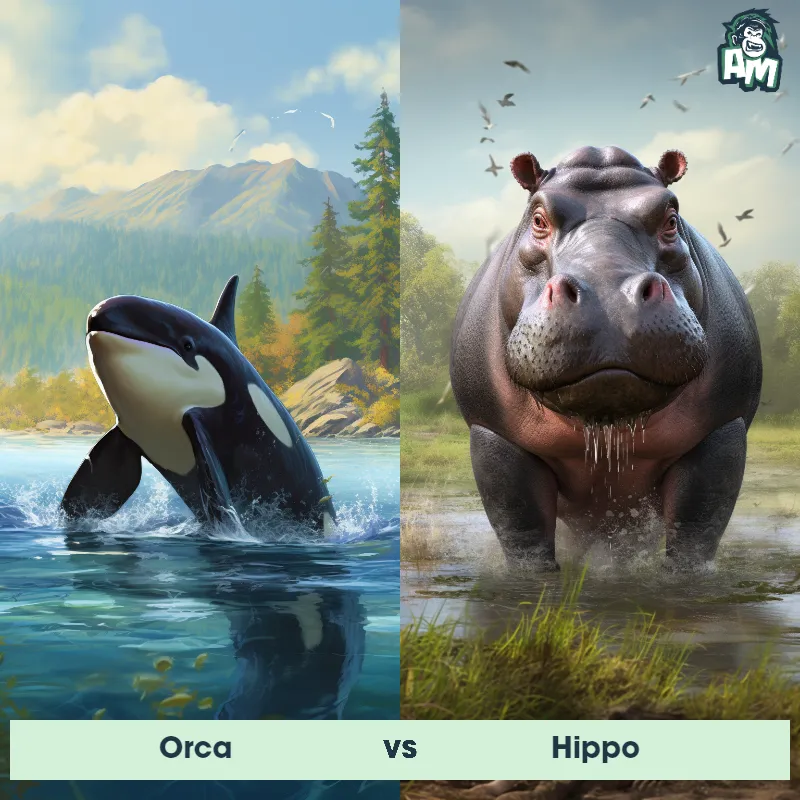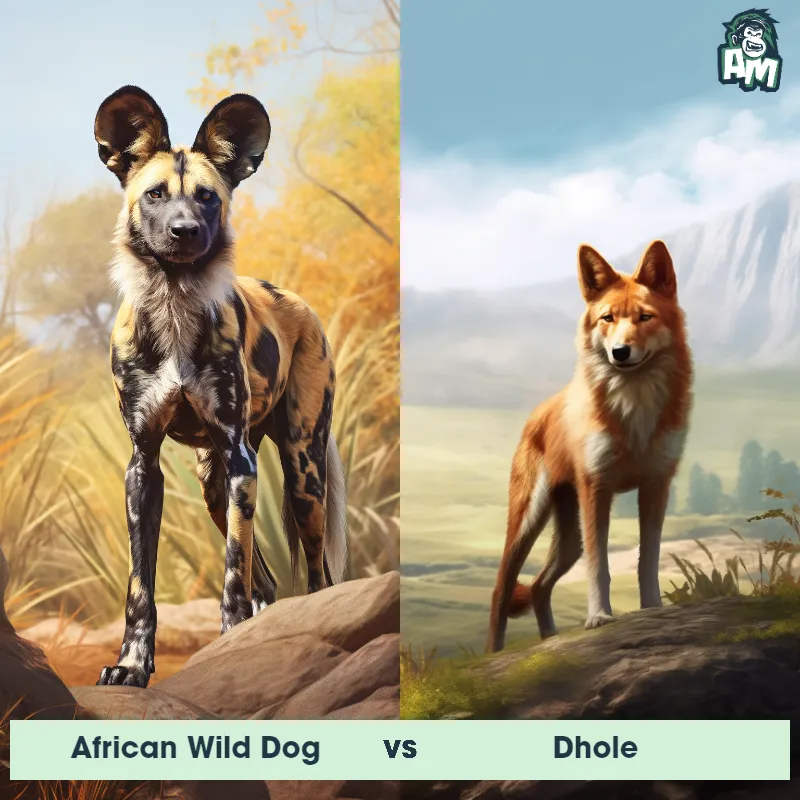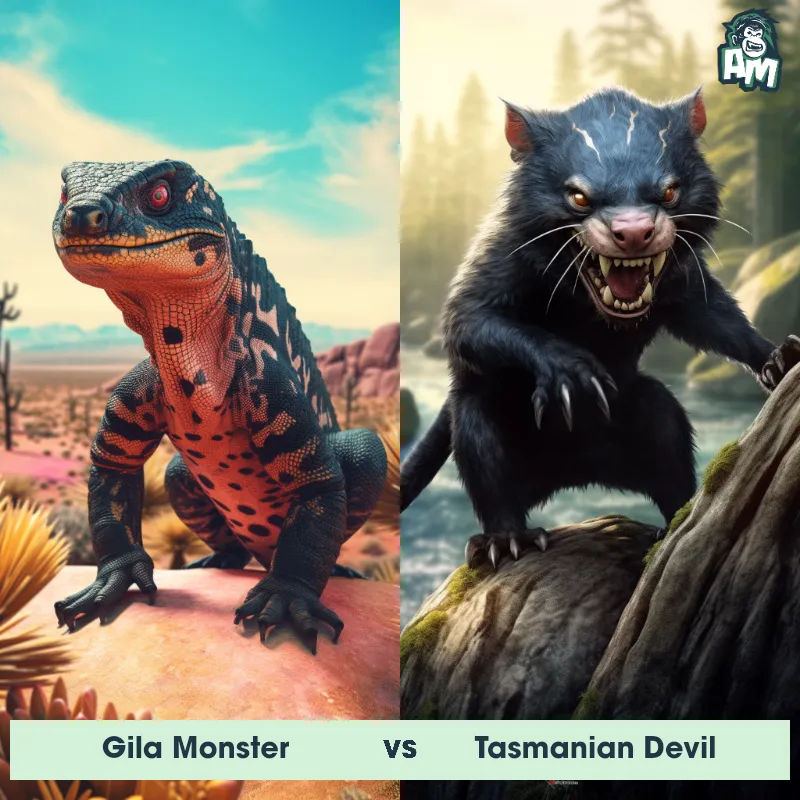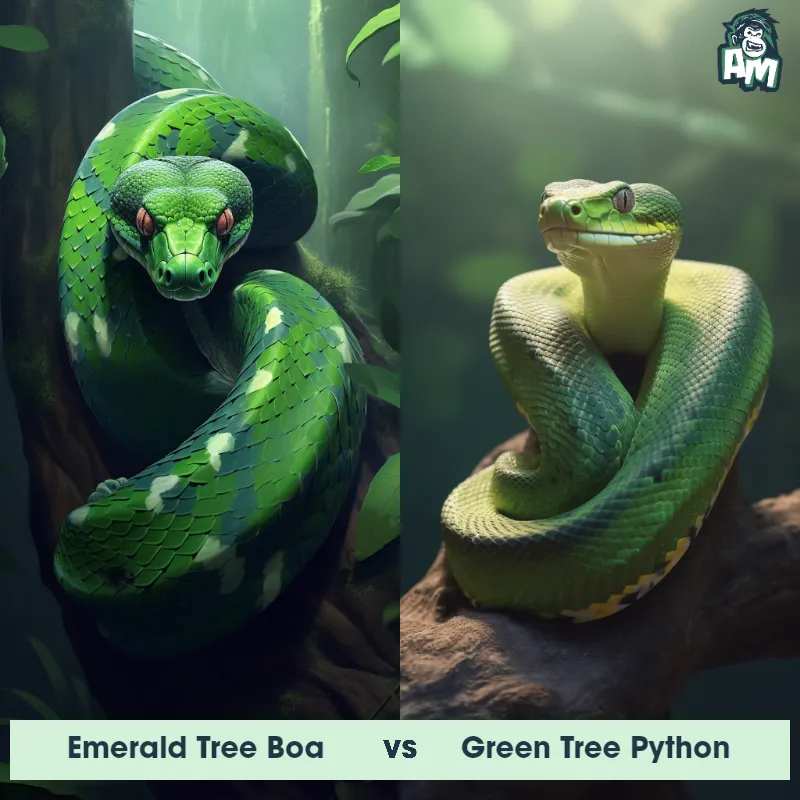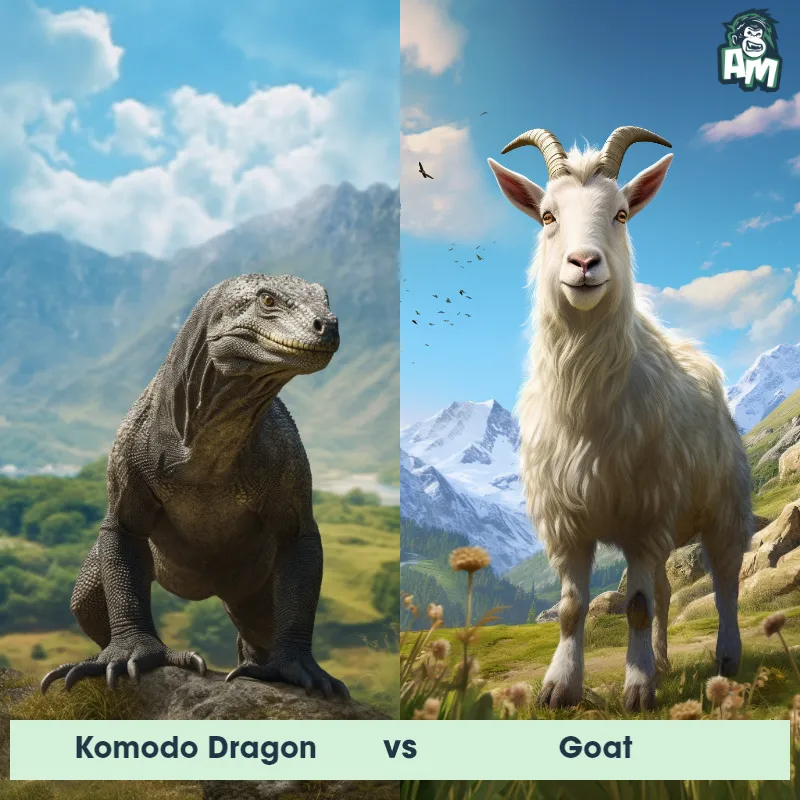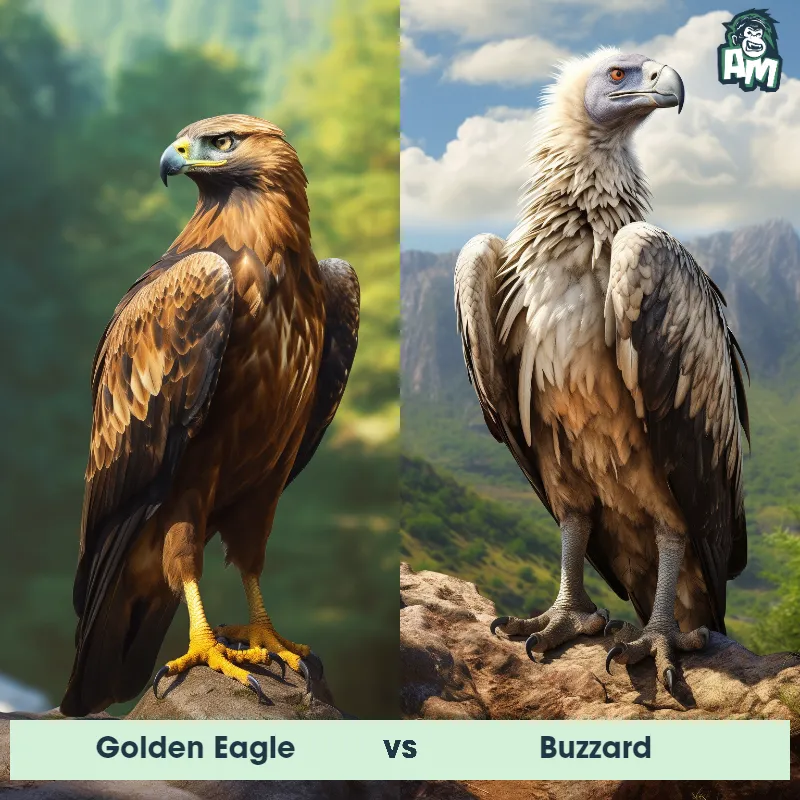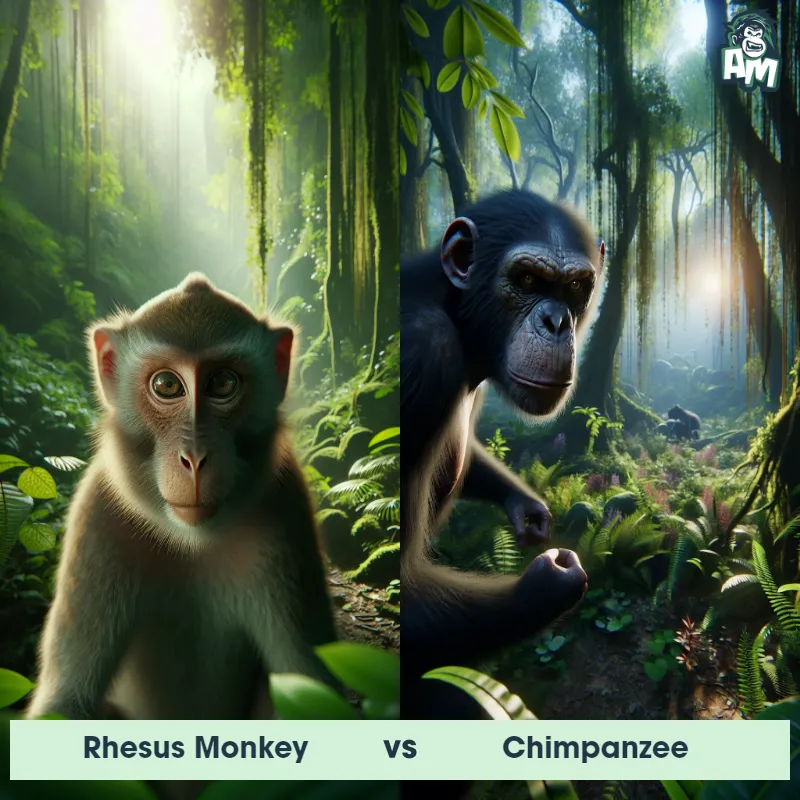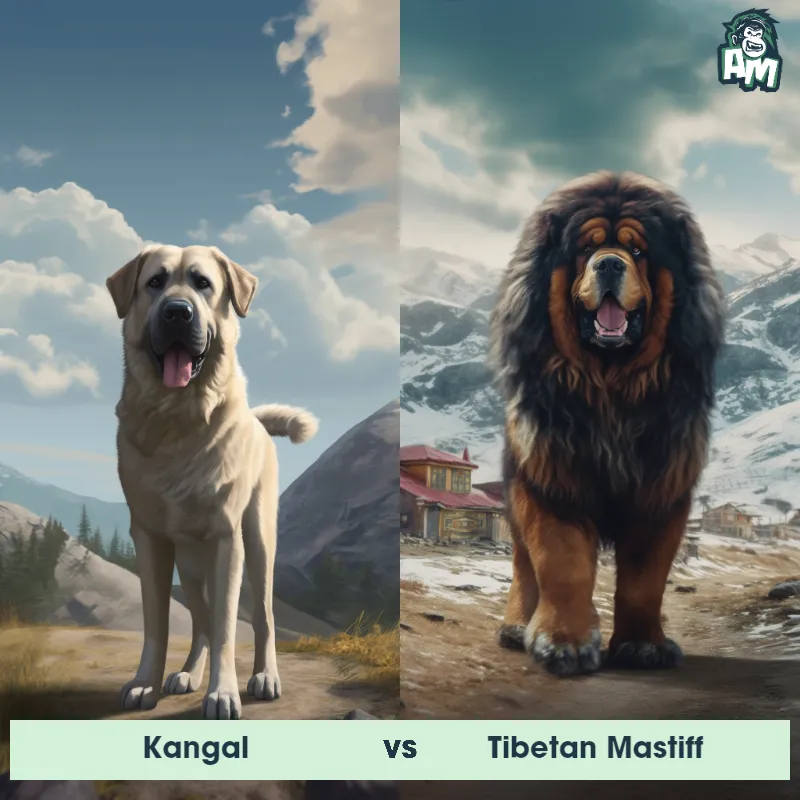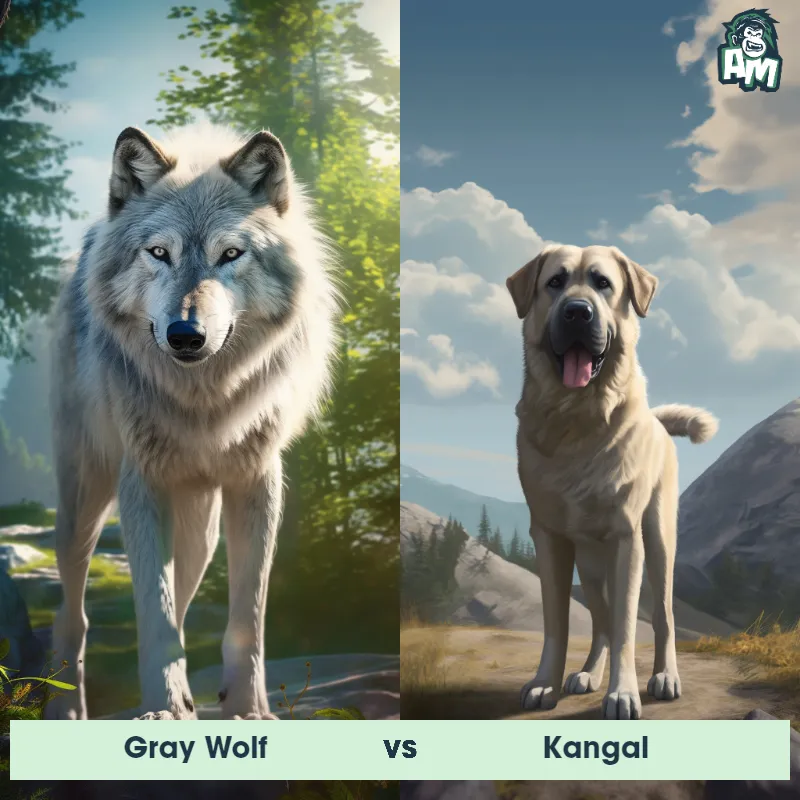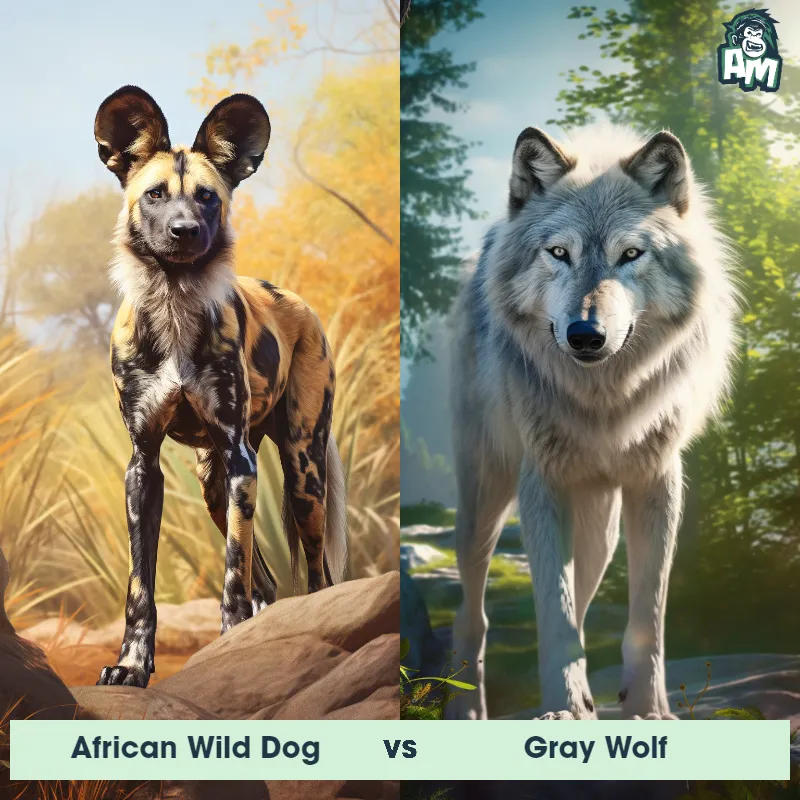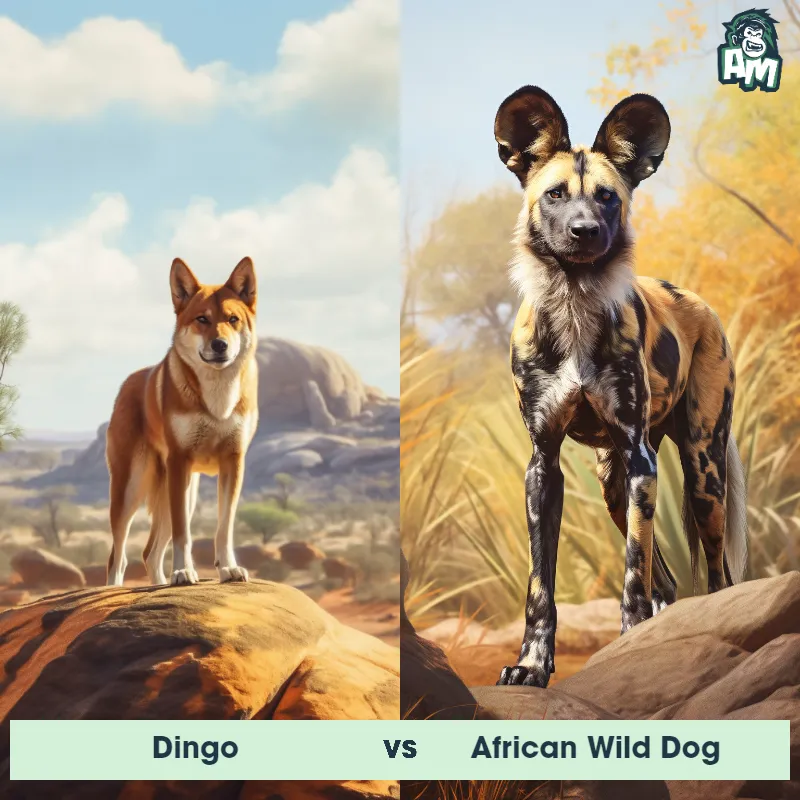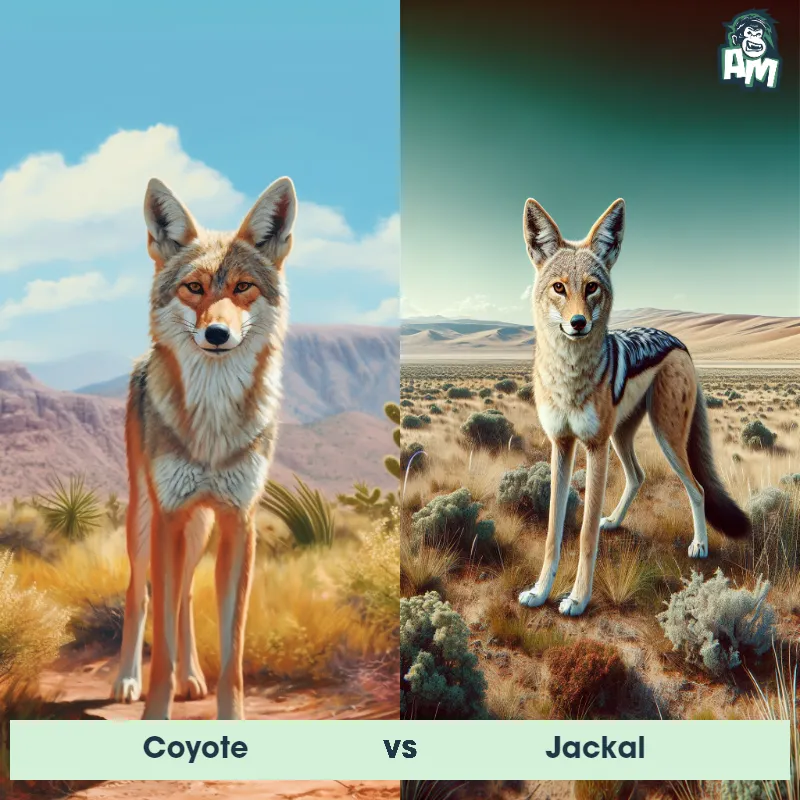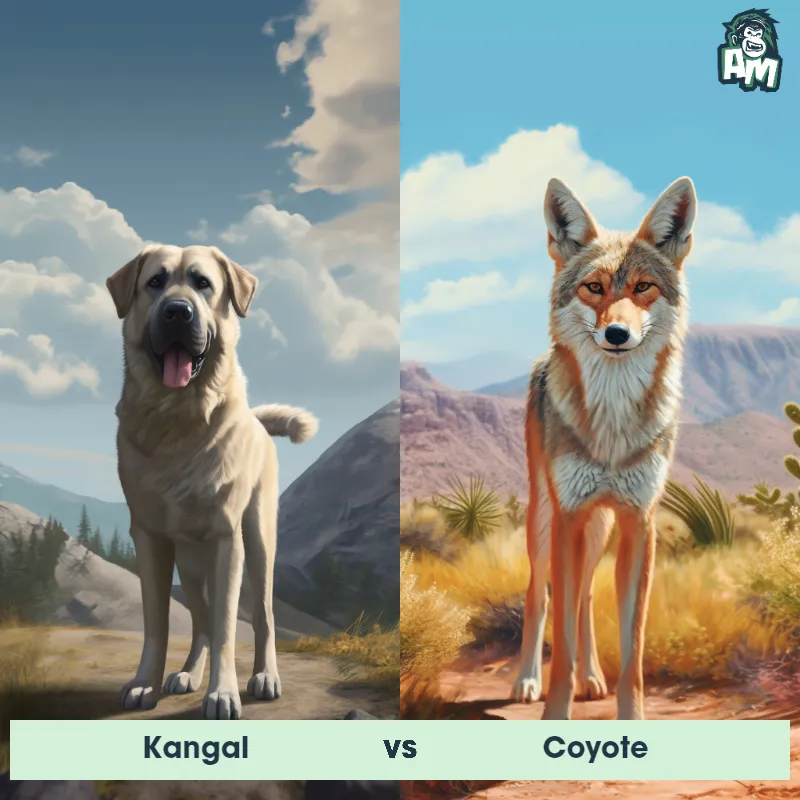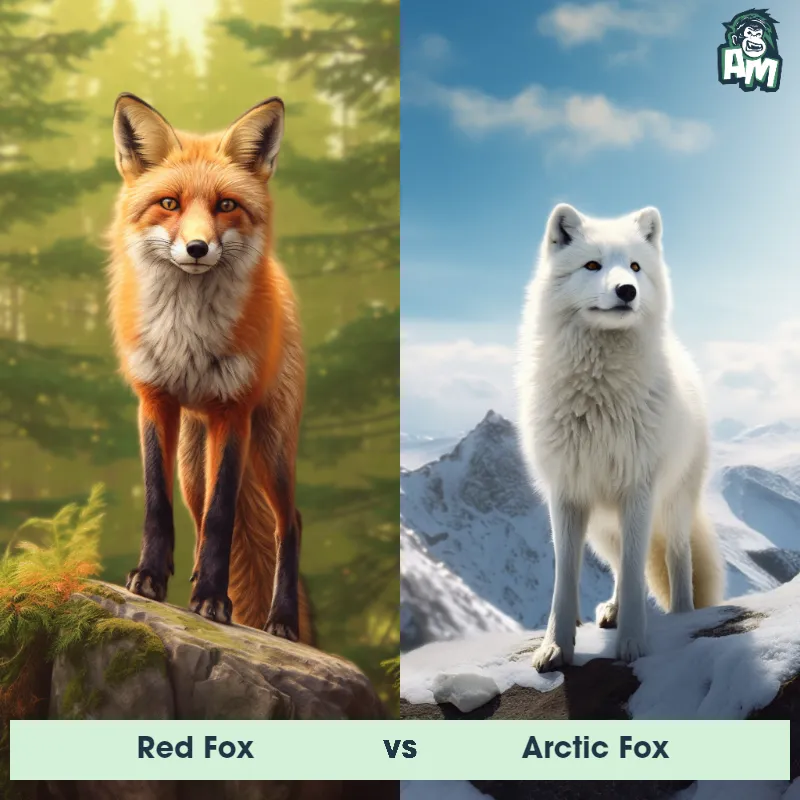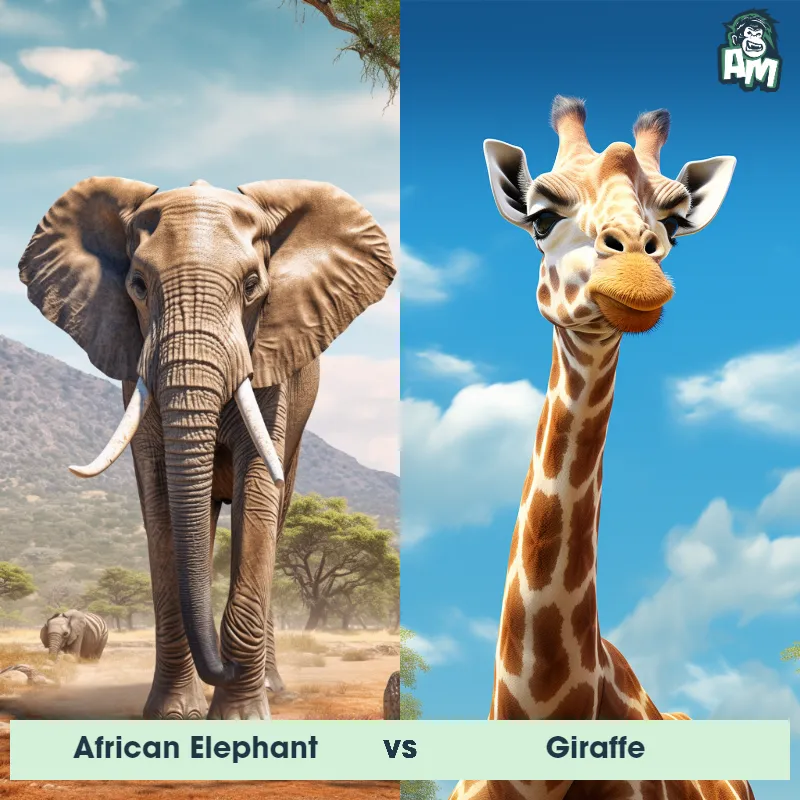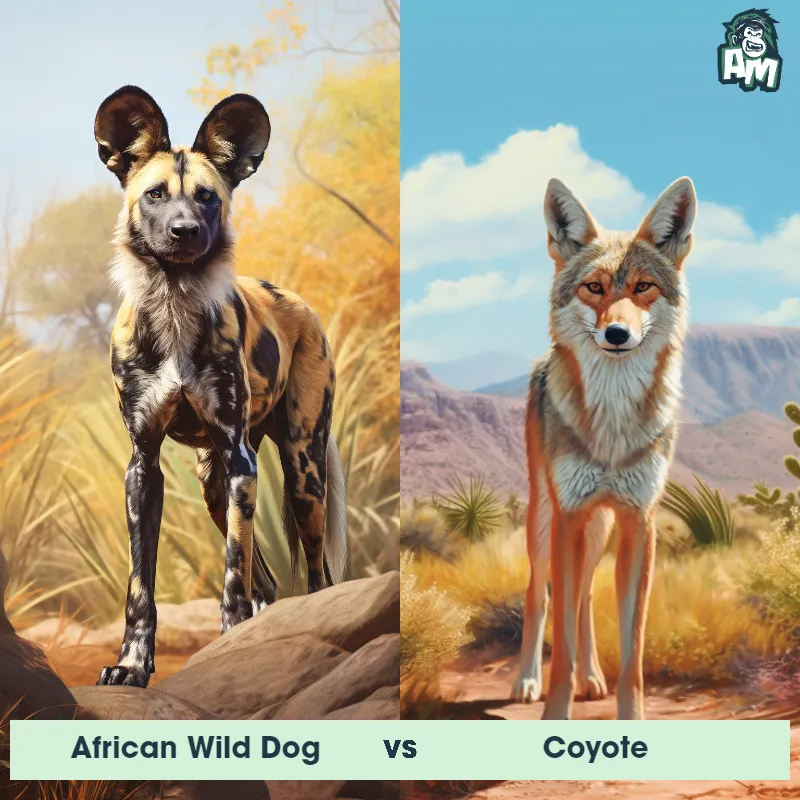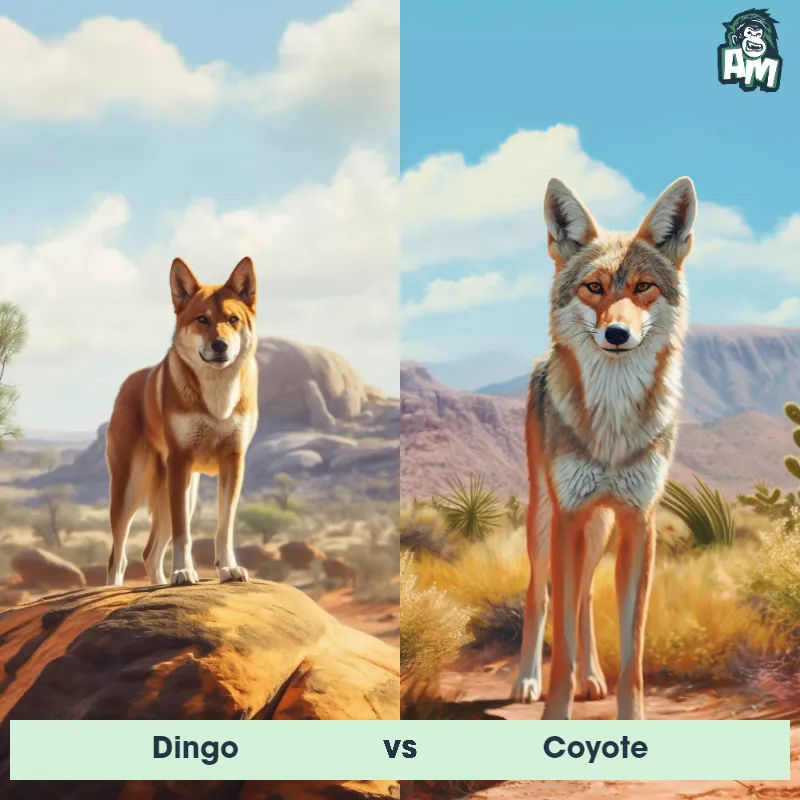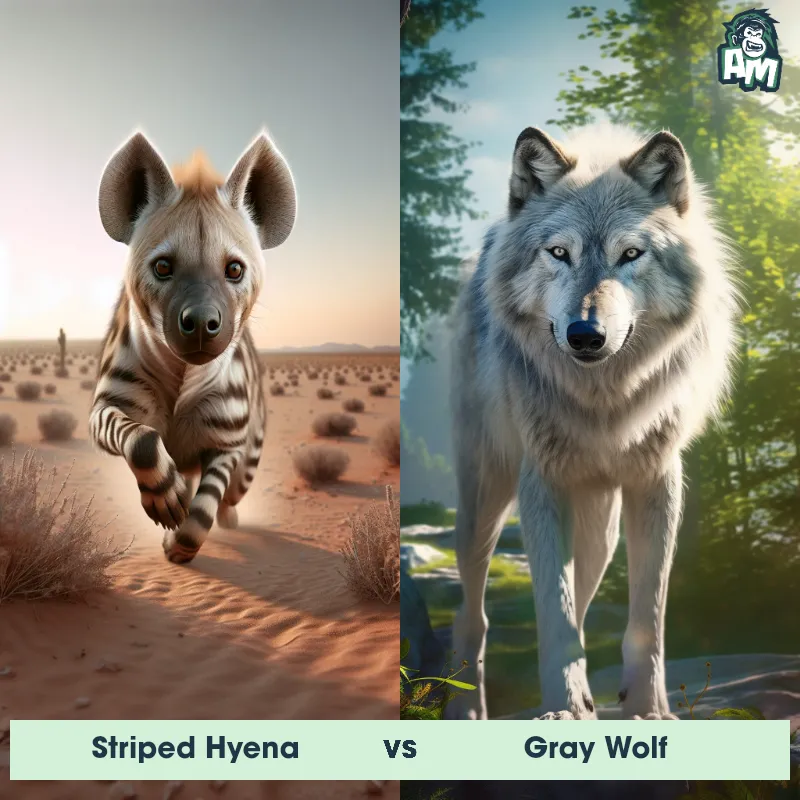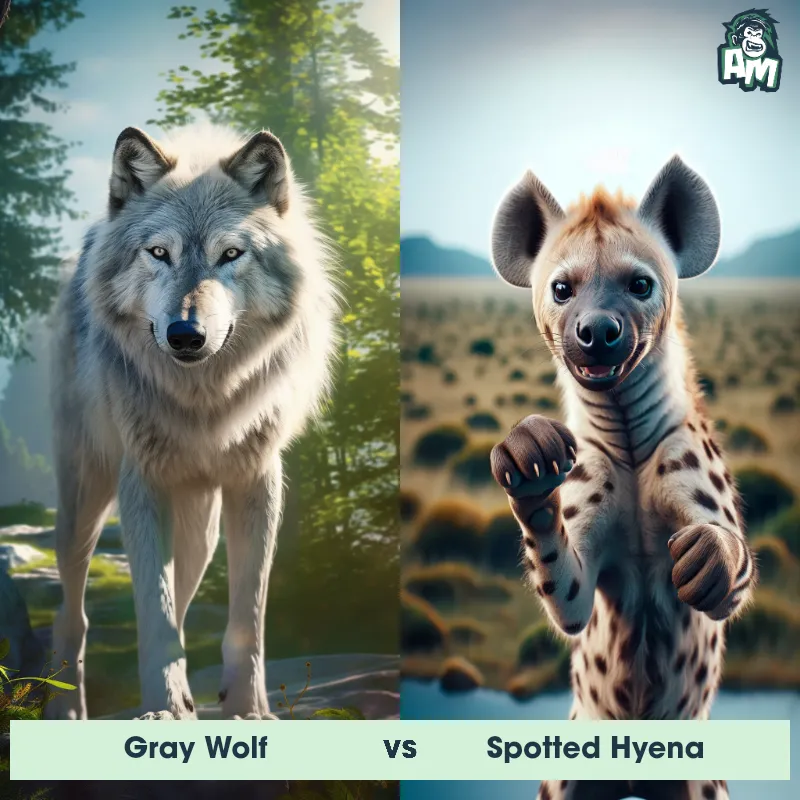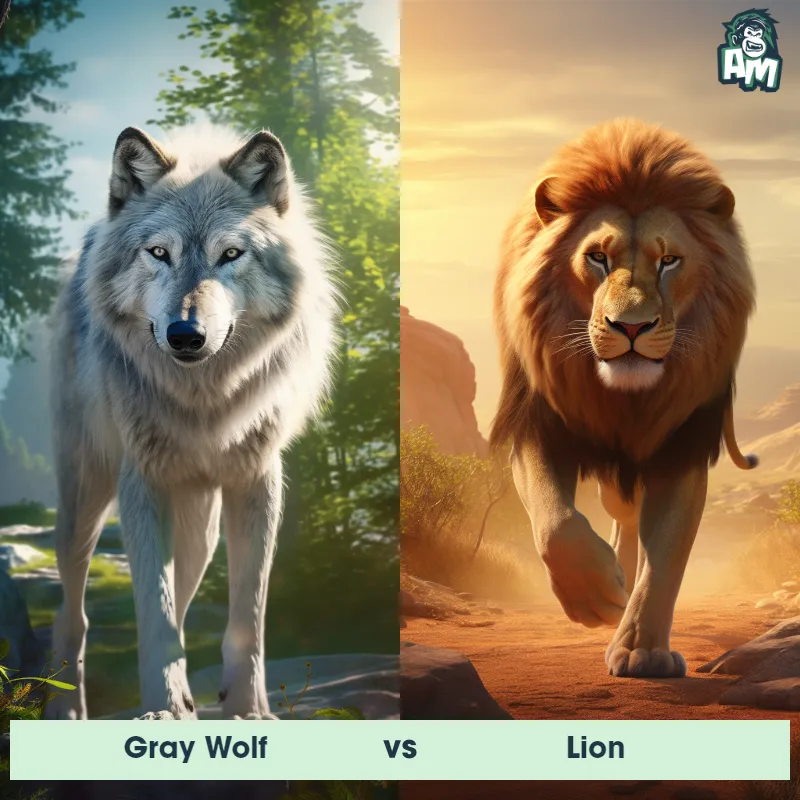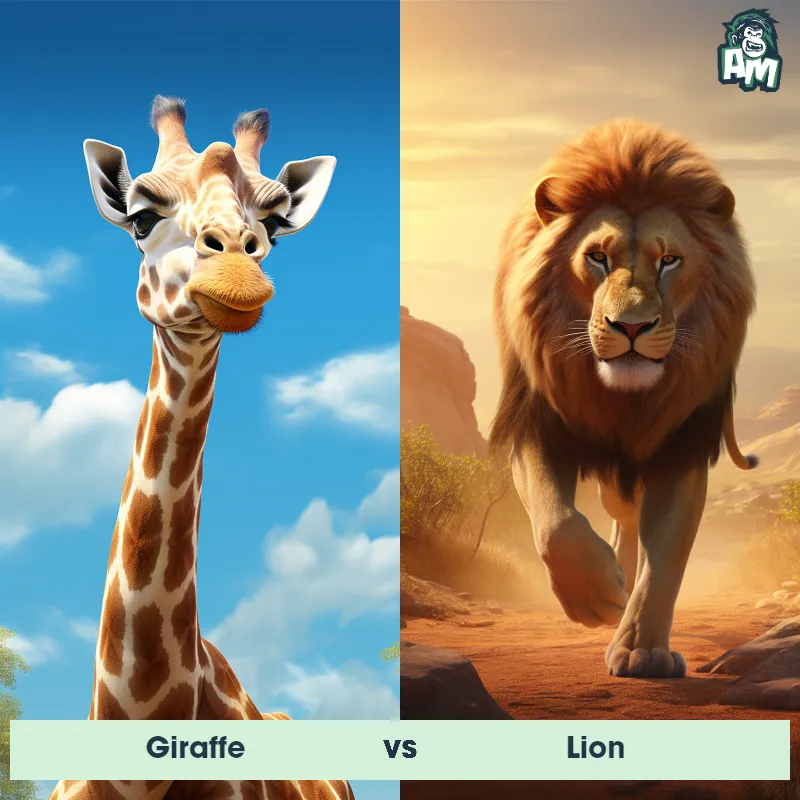Jackal vs GiraffeSee Who Wins

Ladies and gentlemen, welcome to this extraordinary matchup! Two titans of the animal kingdom are about to clash in a battle for dominance. In the left corner, we have a sleek and cunning Jackal, known for its speed and agility. And in the right corner, standing tall and majestic, we have the Giraffe, with its long and powerful neck. This promises to be an electrifying showdown. Let's see who will prevail in this three-round fight!
Contender 1: Jackal
The Jackal, also known as the Canis aureus, is a medium-sized carnivorous mammal that belongs to the Canidae family. They have a slender body with long legs, a pointed snout, and large ears. Their fur is usually a sandy brown color with a white underbelly, and they have a bushy tail. Jackals are known for their keen sense of smell and excellent hearing, which they use to hunt prey and communicate with other members of their pack.
Fun Fact: Jackals are known for their unique vocalizations, which include a variety of barks, howls, and yelps that they use to communicate with each other.
Contender 2: Giraffe
The giraffe is a majestic, long-necked mammal known for its exceptional height, which makes it the tallest land animal in the world. Adult giraffes can reach heights of up to 18 feet. Their unique appearance is characterized by a patterned coat with patches varying in color from orange and brown to lighter hues. Giraffes have long legs, a sloping back, and a small hump on their shoulders. They are native to Africa, primarily found in savannahs and woodlands, where they graze on leaves, fruits, and flowers.
Fun Fact: Despite their long necks, giraffes have the same number of neck vertebrae as humans, which is seven. Each vertebra can be up to 10 inches long.
Matchup Stats
| Jackal | Giraffe | |
|---|---|---|
| Size | 16-20 inches (40-50 cm) at the shoulder | Up to 18 feet tall (5.5 meters) |
| Weight | 15-35 pounds (7-16 kg) | Up to 2,800 pounds (1,270 kilograms) |
| Speed | Speed: 35 mph (56.3 km/hr) | 35mph (56km/h) |
| Key Strength | Speed and agility | Powerful kicks with their long legs |
| Biggest Weakness | Lack of physical strength | Vulnerable when bending down to drink water |
Current Votes
Jackal vs Giraffe
See Who Wins
View More Matches
Looking For More?
Similar Matches
Scientific Stats
| Jackal | Giraffe | |
|---|---|---|
| Scientific Name | Canis aureus | Giraffa camelopardalis |
| Family | Canidae | Giraffidae |
| Habitat | Various habitats including deserts, grasslands, and forests | Savannahs, grasslands, and open woodlands |
| Geography | Africa, Asia, and southeastern Europe | Africa |
| Diet | Omnivorous, feeding on small mammals, birds, reptiles, insects, and carrion | Herbivorous, primarily leaves, fruits, and flowers |
| Lifespan | 10 years - 15 years | 20 years - 25 years |
Key Differences between Jackal and Giraffe
- Neck and Head: Jackals have a proportionate neck and head size, with erect ears and a narrow skull, contrasting with the Giraffe's exceptionally long neck, small and rounded ears, and a broad and elongated head.
- Horns and Ears: Unlike the Jackal, which lacks horns, the Giraffe bears two horns that are actually bony protrusions covered in skin called ossicones, and their large ears are distinctively rounded in shape, providing excellent hearing.
- Size: The Jackal is a small carnivorous mammal, typically measuring around 15-20 inches in height and 12-35 pounds in weight, while the Giraffe is a much larger herbivore, standing at an average height of 16-20 feet and weighing around 1,800-3,000 pounds.
- Body Shape: The Jackal has a compact and slender body, with a bushy tail, relatively short limbs, and a pointed snout, whereas the Giraffe has an elongated neck, long legs, a barrel-shaped body, and a short tail.
- Coloration: The Jackal displays a predominantly sandy or yellowish-brown coat, often with a mix of darker markings, while the Giraffe possesses a distinct coat pattern consisting of large brown patches separated by lighter areas, which can vary among subspecies.
- Limb Structure: Jackals have well-defined limbs suitable for swift running and digging, featuring strong claws, while Giraffes have long, slender, and powerful legs adapted for efficient walking and running, ending in hoofed toes.





